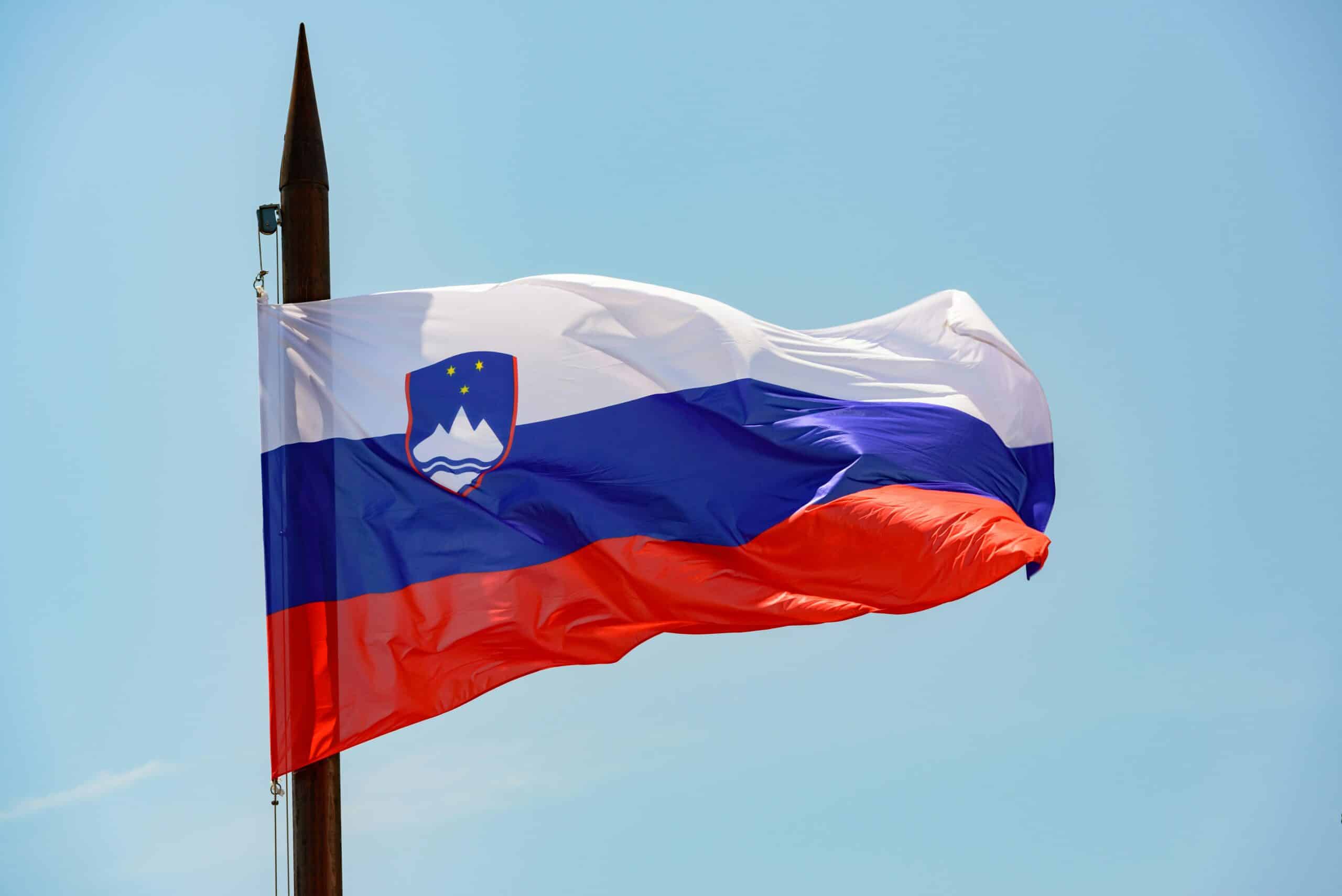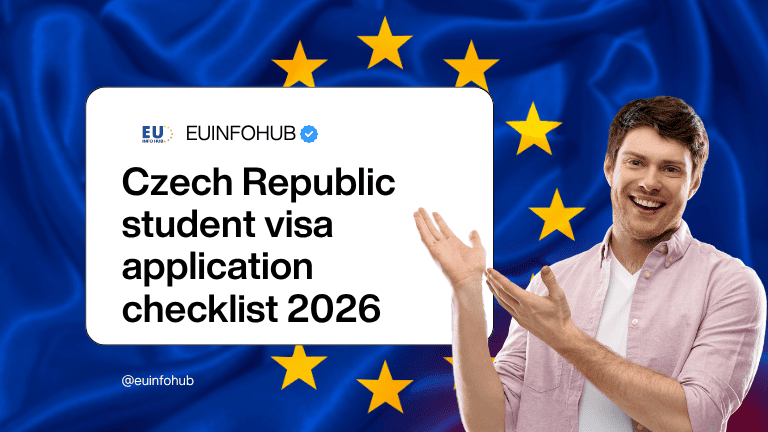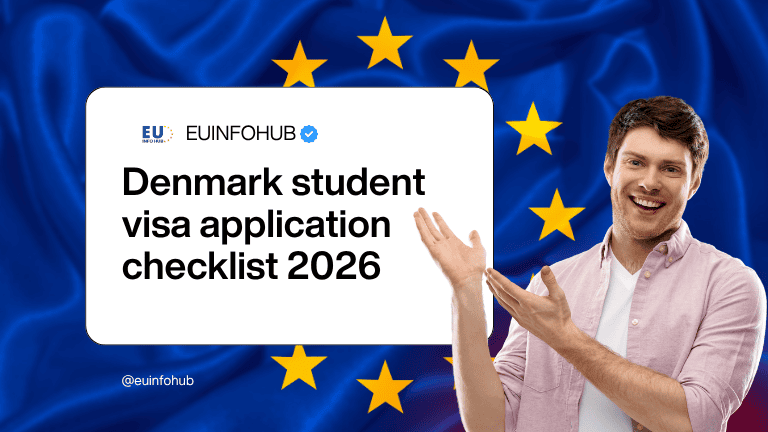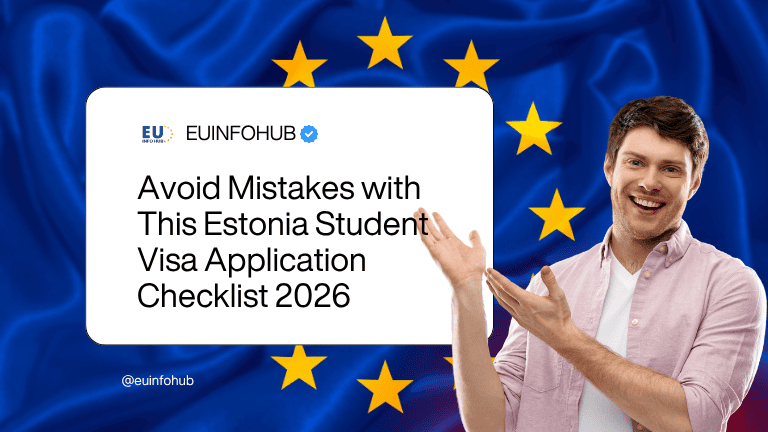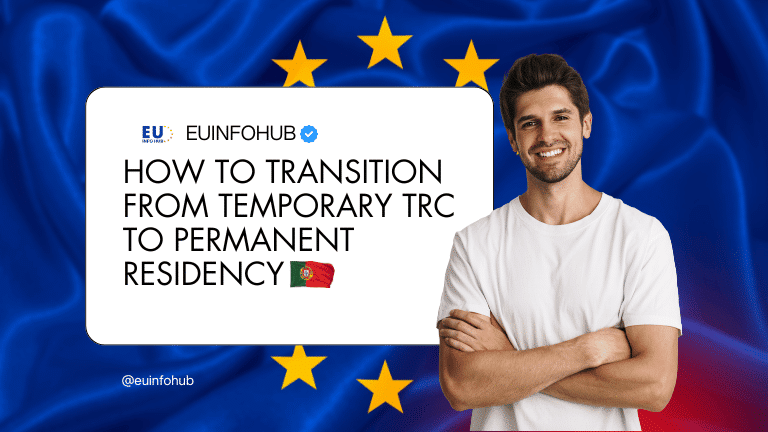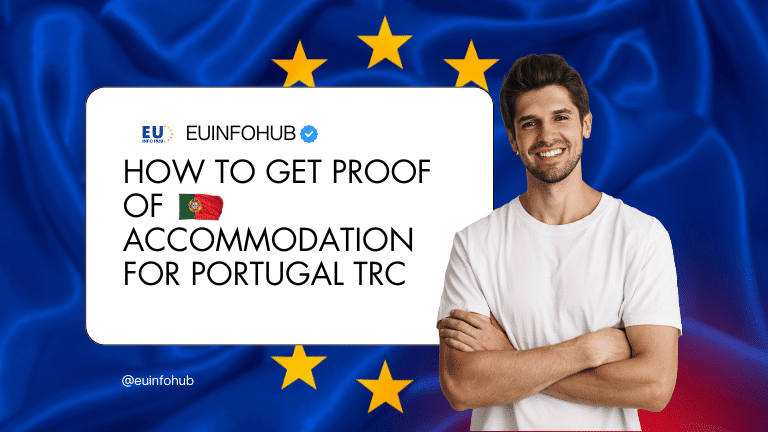In this ultimate guide to the Slovenia student visa application checklist 2026, we’ll walk you through every document, fee, and deadline you need to tackle before enrolling in a Slovenian university. By the end, you’ll have a clear roadmap—promise—for a smooth application process.
Understand visa options
Non-EU and non-EEA citizens must secure an entry permit before landing in Slovenia. You’ve got three main routes to consider:
Short-term visa (Type C)
- Valid for up to 90 days
- Ideal for summer schools, language courses, or orientation programs
- Apply at a Slovenian embassy or consulate in your home country (Study in Slovenia)
Long-term visa (Type D)
- Up to two semesters of study, exchange, training, or internship
- Use this when your stay exceeds 90 days but you’re not yet applying for a residence permit
- Requires similar documents as a residence permit application
Temporary residence permit
- Necessary for full-degree programs or extended vocational training
- Apply abroad at a diplomatic mission or, if you’re already in Slovenia legally, at an administrative unit
- Processing can take a few months (Study in Slovenia)
EU/EEA simplified route
If you hold an EU or EEA passport, skip the embassy step. Register at your local administrative unit within the first three months of arrival. The process typically takes a couple of months.
Swiss citizen requirements
Swiss nationals staying over 90 days must register for a residence registration certificate within three months. It’s valid for five years unless noted otherwise.
If you need a quick overview of different student permits, check our dedicated page.
Check passport validity
Slovenian authorities will inspect your passport upon every permit application. Make sure:
- It’s valid until at least December of the year following your arrival
- You have blank pages for visa stickers and entry/exit stamps
Your passport’s end date must cover September 30 of the following academic year, since permits typically expire then (University of Ljubljana).
Secure acceptance letter
Your official acceptance letter from the Slovenian institution triggers the visa and permit process. Before you apply, confirm that it:
- States your full name, course title, start and end dates
- Is printed on university letterhead and signed by a registrar
- Has a certified translation if not in English or Slovenian
Keep both digital and hard copies handy—you’ll need them multiple times.
Gather financial proof
Proving you can cover living costs and fees is a non-negotiable step. Here’s what to prepare:
Schengen visa funds
While Slovenia doesn’t set a fixed minimum bank balance for a student Schengen visa as of 2026, consular officers generally expect you to show about €100–€120 per day to cover accommodation, food, and transport (Atlys). Most embassies accept:
- Recent bank statements (last three months)
- A formal sponsorship letter, if a family member or scholarship covers your expenses
Residence permit fees
Budget for application fees and the physical permit card. Fees differ based on where you apply:
| Application location | Permit fee (EUR) | Card fee (EUR) |
|---|---|---|
| Diplomatic mission or consulate | 102 | 12 |
| Administrative unit (in Slovenia) | 50 | 12 |
Source: European Commission
Bank statements and affidavits
- Obtain stamped statements in English (or translate them)
- Ensure account holder name matches your passport
- If a sponsor helps, include a signed affidavit of support
Obtain health insurance
Health cover is mandatory for the full duration of your studies.
EU/EEA and Swiss coverage
With a valid European Health Insurance Card (EHIC) or equivalent, you can access emergency and necessary services in Slovenia (Study in Slovenia). Australian students use their MEDICARE card plus passport.
Third-country insurance
If your country lacks a bilateral agreement, register under insurance 43 at the regional office of the Health Insurance Institute of Slovenia. The monthly contribution is €126.33 (about 8.2% of average gross earnings) (Study in Slovenia).
Commercial plan benefits
Compulsory health insurance may not cover travel, assistance, or full treatment costs. Consider an international student health and assistance plan to fill gaps (Swisscare).
Prepare police clearance
Most embassies require a police certificate showing you have no criminal record.
Police certificate requirements
- Issue date within six months of application
- Apostilled or consular-legalised as per embassy instructions
- Translated into English or Slovenian, if needed
Timing the application
Order your certificate early. In some countries, processing can take 4–8 weeks. Factor this into your 3–6 month prearrival timeline.
Complete administrative steps
Now you’re ready to submit your application. Let’s break it down by location.
Applying abroad
- Gather all documents: passport, photos, acceptance letter, proof of funds, health insurance, police clearance, application forms
- Book an appointment at the nearest Slovenian embassy or consulate
- Pay the permit fee (usually by bank transfer or local payment)
- Attend any required interview—questions focus on your study plan and finances
- Keep the application receipt or certificate of timely submission for temporary stay proof
Applying in Slovenia
- Confirm your legal entry basis (visa-free or type D visa)
- Visit the administrative unit in your city of residence within three months of arrival
- Submit the same document pack as abroad, plus proof of local address
- Pay the reduced in-country fee (50 EUR) and card price (12 EUR)
- Track your application—processing can take up to three months
For a more detailed step by step guide for student permit, head over to our tutorial.
Register upon arrival
Once your permit is approved, finish these local formalities within three days:
Local police registration
- Bring your permit, passport, and proof of accommodation
- Complete the registration form at the nearest police station
Address updates
- Report any move to a new apartment or dorm within three days
- Bring proof of your new lease or landlord’s declaration
Deregistration
- Before you leave Slovenia or switch to another visa type, deregister at your current station
- Ensures your records stay clean and you avoid fines
Plan long-term status
Staying beyond your initial permit? Here’s how to keep your status in check.
Permit extension process
- Submit extension application at least 30 days before expiry
- Provide updated proof of enrollment, funds, and insurance
- You can also change status (for work or research) by applying in-country
Permanent residence eligibility
- After five continuous years on a temporary permit, apply for a permanent one
- Note: time on a study permit counts as half toward the five-year requirement (European Commission)
- You’ll need to show clean criminal, tax, and payment records
Avoid common pitfalls
Here’s the thing—small slip-ups can delay or derail your plan. Watch out for:
Missing deadlines
- Visa and permit applications take months, not weeks
- Calendar reminders help you avoid late submissions
Incomplete documentation
- Double-check every form and annex
- Keep a checklist on your phone for quick review
- Learn from common mistakes on student visa applications
Underestimating insurance
- Minimum cover meets legal requirements only
- Emergencies can get pricey—top-up with a private plan
Review key takeaways
- Understand which permit fits your study length and nationality
- Verify passport validity and acceptance letter details early
- Budget for daily living costs, permit fees, and health insurance
- Gather, translate, and legalise documents well ahead of deadlines
- Register with local police and keep your address up to date
- Track your long-term path—extensions and permanent status
Now grab your checklist, tick off each step, and share your own tips in the comments. Good luck with your Slovenia studies in 2026—see you in Ljubljana or Maribor soon!

